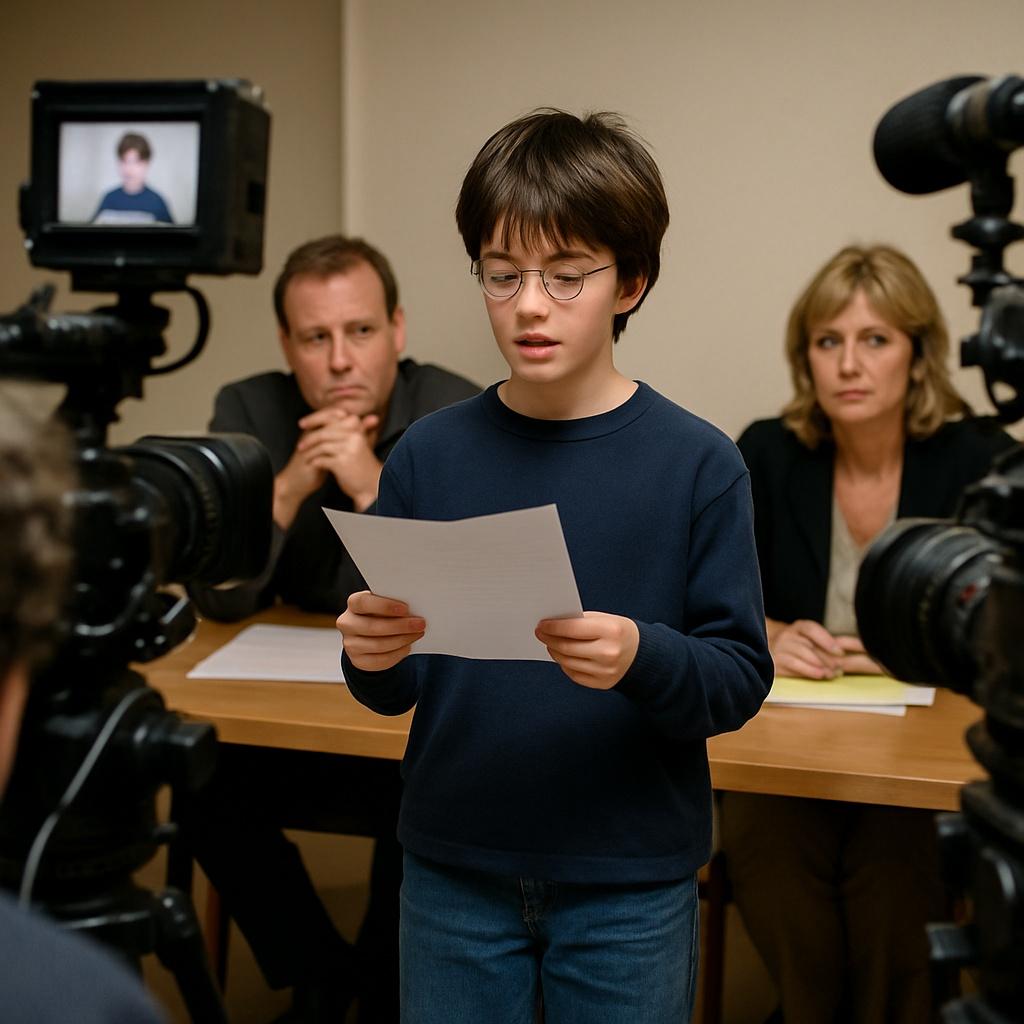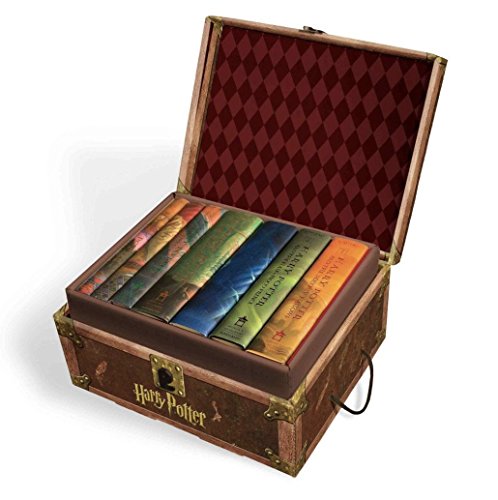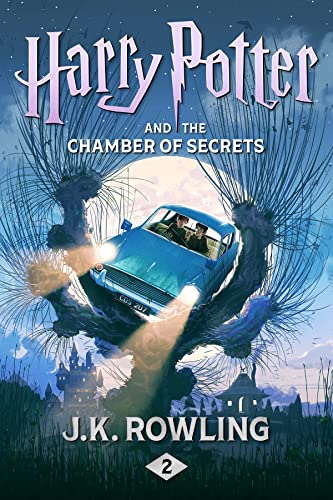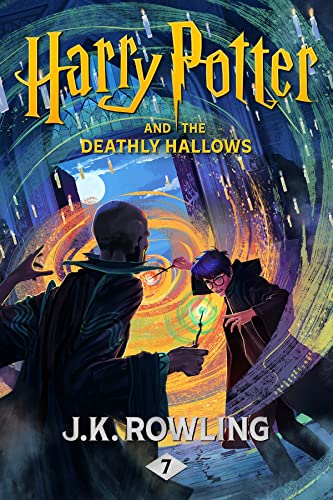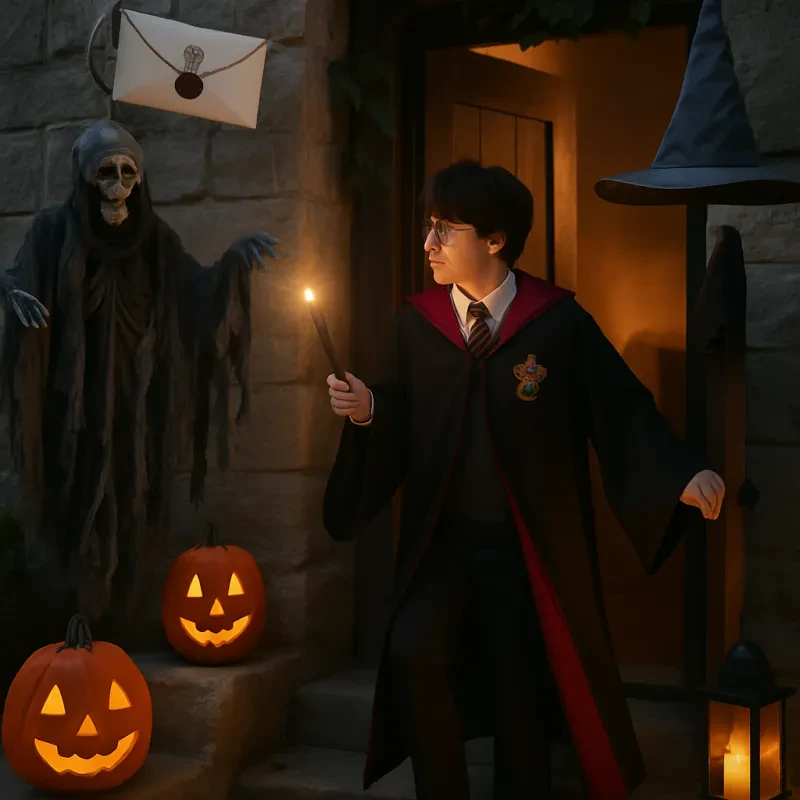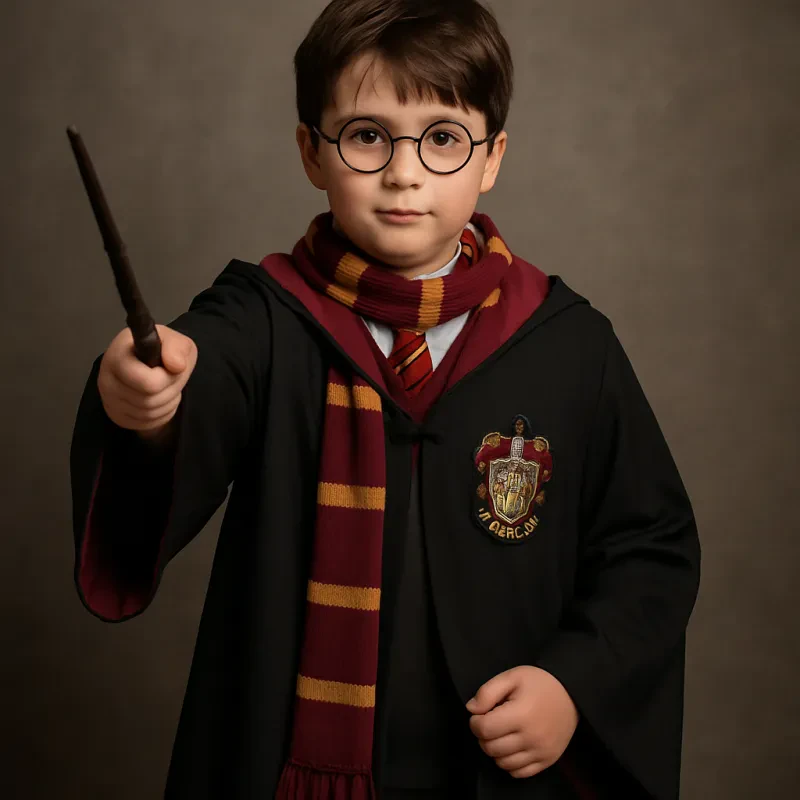Introduction to the Magic Behind Casting
The process of casting is an essential aspect of filmmaking that can significantly impact the narrative and overall success of a movie. In the realm of cinema, the right actors and actresses not only embody the characters but also bring an added dimension to the storytelling. Their performances can evoke emotions, establish connections with the audience, and ultimately determine how well a story resonates. When it comes to adaptations of beloved literature, such as the Harry Potter series, the stakes are even higher. The casting choices must align closely with the readers’ established visions of these iconic characters.
The Harry Potter series has emerged as a cultural phenomenon, captivating audiences worldwide since the release of the first book in 1997. J.K. Rowling's enchanting narrative and richly developed characters have created a dedicated following, raising expectations for how these figures should be portrayed on film. The filmmakers faced the daunting task of translating the essence of Rowling's characters into live-action performances, which involved meticulous casting decisions. The ensemble cast had to embody not only the visual characteristics of their respective roles but also capture the unique personalities that have endeared them to fans over the years.
The Audition Process: A Window into Talent Discovery
The casting of the Harry Potter films was an extensive and highly competitive process, aimed at uncovering talent from around the globe. Thousands of aspiring actors, from various backgrounds and experience levels, were invited to audition for a variety of roles. The open call began in the late 1990s, with producers seeking not just established names, but fresh faces that could embody the beloved characters from J.K. Rowling's series.
Candidates often faced multiple rounds of auditions. Initially, actors submitted video tapes or attended regional auditions held in different cities, which were designed to attract a diverse pool of talent. Those who impressed the casting directors proceeded to callbacks where they participated in readings and improvisations to demonstrate their range and suitability for specific roles. An example of this rigorous selection process can be seen in the case of Emma Watson, who, after several rounds, outshone hundreds of hopefuls for the role of Hermione Granger.
Challenges during the auditions were plentiful. Young actors often had to navigate the pressure of performing in front of industry veterans, and many dealt with the uncertainty of the competitive environment. Anecdotes from other actors highlight their struggle to bring unique qualities while remaining true to the essence of the characters. For instance, Rupert Grint, who played Ron Weasley, famously recalled his nerves during his reading, emphasizing the different emotions that surfaced in that high-stakes situation. The casting team sought not only acting ability but also the natural chemistry between potential cast members, particularly for the central trio.
In this concerted effort to discover talent, the audition process for the Harry Potter films not only identified skilled actors but also established a sense of camaraderie among the cast, ultimately contributing to the franchise's enduring success. Each actor's unique interpretation and life experiences added depth to their characters, enriching the overall narrative.
Spotting Young Talent: The Casting Directors' Approach
The discovery of talent, particularly in young actors, is a meticulous process that casting directors employ to ensure the perfect fit for each role. For the esteemed Harry Potter film series, the casting directors adopted a multifaceted approach to uncovering young talent capable of embodying the beloved characters of Harry, Hermione, and Ron. Central to their strategy was a structured audition process that prioritized acting skills, as well as the ability to portray complex emotions aligned with each character’s journey throughout the series.
One significant criterion for selection was the chemistry between the young actors. The casting directors facilitated group auditions to observe how candidates interacted with one another. This was crucial, as the dynamic between Harry, Hermione, and Ron plays an essential role in the narrative, affecting everything from humor to tension. Such interpersonal chemistry often emerged organically during these auditions, allowing casting directors to identify pairs or trios that naturally complemented each other. This approach echoed the directors' vision of a harmonious ensemble that could bring J.K. Rowling's characters to life.
Moreover, the casting team sought not only immediate acting proficiency but also the potential for growth over the time span of the series. Young talent often possesses a unique ability to evolve alongside their characters, especially when they are given the right support and guidance. Therefore, casting directors paid close attention to the adaptability and eagerness of candidates to learn, as this aspect signified their capacity to develop their performances progressively. By selecting individuals who demonstrated both a natural affinity for acting and a willingness to grow, the casting directors ensured that the film series would resonate with audiences beyond its initial release.
Famous Audition Stories: Triumphs and Tribulations
The audition process for the Harry Potter film series was nothing short of a saga itself, filled with both inspiring triumphs and heartrending tribulations. Numerous actors auditioned for a chance to be part of this iconic franchise, each bringing their unique flair and talent. Among them, particularly memorable stories emerge that highlight the emotional and competitive nature of casting.
One of the most notable success stories belongs to Daniel Radcliffe, who was just a young boy when he auditioned for the role of Harry Potter. Radcliffe's initial audition was marked by a nervous energy, but he effectively captured the essence of the character, impressing the producers with his ability to convey Harry's inner strength and vulnerability. His determination paid off, as he ultimately became the face of the franchise, leading to a celebrated career. Radcliffe’s journey exemplifies how perseverance and embracing one's potential can lead to extraordinary outcomes, even against stiff competition.
On the other hand, not every audition led to success. Many talented actors faced rejection after navigating the intense and often intimidating audition landscape. For example, one of the auditioners for Hermione Granger, seeking to fill the iconic role, recounts feeling overwhelmed by the talent in the room. Despite delivering a stellar performance, she ultimately did not secure the part. This testament highlights the reality of the industry; even the most gifted actors may face disappointments. Rejections can be a bitter pill to swallow, but they also serve as pivotal learning experiences, shaping the paths of those who wish to continue pursuing acting.
These audition tales from the Harry Potter cast underline not just the triumphs of success, but also the emotional intricacies of the audition process. Ultimately, the stories of both victory and defeat resonate with anyone who has ever sought to prove themselves, illustrating that talent discovery is as much about tenacity as it is about skill.
The Impact of Acting Workshops and Screen Tests
In the competitive landscape of film and television casting, acting workshops and screen tests serve as foundational cornerstones in selecting the most suitable talent. For the cast of Harry Potter, these processes were instrumental in revealing not only the actors' skills but also their potential to embody iconic characters from the beloved book series. Acting workshops allowed hopefuls to demonstrate their abilities in various scenes, showcasing their range and adaptability.
During these workshops, actors were often paired with established talent or guided by experienced directors and coaches. This interaction was crucial, as it provided a real-time assessment of an actor's on-screen presence and chemistry with others. The casting team observed how well actors could engage with their peers, absorb direction, and adjust their performances accordingly. Such engagements were vital in determining which actors might resonate with audiences and contribute to the overall dynamic of the cast.
Equally important were the screen tests, where candidates performed specific scenes in front of cameras, allowing the creative team to evaluate their interpretations. This practical component offered insight into each actor's unique portrayal of their character, revealing nuances in performance that can only emerge in a more formal, recorded setting. The ability to capture the essence of a character on film is critical, and the casting team utilized these tests to identify those who could bring J.K. Rowling's characters to life authentically and compellingly.
The combination of acting workshops and screen tests not only fostered talent discovery but also ensured that the selected actors possessed a profound understanding of their roles. Such comprehensive evaluation methods greatly contributed to the successful assembly of the Harry Potter ensemble, enhancing the depth and richness of the films. By prioritizing these processes, the casting directors laid a solid foundation for a franchise that continues to capture the hearts of audiences worldwide.
Discovering Literary Characters: The Role of Director and Producer Input
The process of casting actors for the iconic characters in the Harry Potter film series exemplifies the significant influence of directors and producers on the final selections. The partnership between the casting team and the creative leadership is imperative in bringing beloved literary figures to life on the big screen. Directors, along with producers, shape the vision for how these characters should be portrayed, ensuring that the essence of J.K. Rowling's writings is preserved while allowing room for the actors' interpretations.
Directors, such as Chris Columbus, who helmed the first two films, focused on capturing the whimsical and magical aspects of the story, which required a keen eye for talent that resonated with both young audiences and adult fans. Their understanding of character dynamics played a pivotal role in narrowing down casting choices. For instance, when casting Harry Potter, the director sought an actor who could convey vulnerability and bravery simultaneously—a reflection of the character’s complexity. This vision guided auditions and ultimately influenced decisions about which actors could evoke the depth needed for their roles.
Producers also hold a crucial position in the casting process, as they often balance the artistic vision with logistical considerations. Their involvement ensures that the cast aligns with the film’s budget and marketing strategy. A producer’s insight into audience expectations directly affects casting choices, as they may prioritize a certain appeal among potential viewers while still adhering to the director's creative framework. Thus, their input shapes who embodies these literary characters, creating a blend of talent, charisma, and suitability for the roles.
Moreover, the collaborative efforts between the director and producer result in a cohesive cast that enhances the storytelling experience. Their combined vision aligns with the necessary qualities demonstrated by the selected actors, thus ensuring that the spirit of the original books remains intact. The synergy between these creative figures ultimately crafted a cast capable of delivering performances that resonate deeply with fans around the world.
Diversity in the Cast: A Reflective Choice
The Harry Potter film series, a cornerstone of contemporary cinema, is not solely celebrated for its compelling narrative and innovative visual effects but also for its commitment to diversity in casting. From the outset, the filmmakers sought to represent a wide range of ethnicities and backgrounds within the wizarding world, acknowledging that audience representation is vital in capturing the imagination of a global demographic. This conscious choice to include actors from diverse backgrounds reflects a deeper understanding of the importance of inclusion in popular media.
Among the standout performances that exemplify this commitment is that of Hermione Granger, portrayed by British actress Noma Dumezweni in the play "Harry Potter and the Cursed Child." Her casting received significant acclaim, as it challenged conventional perceptions surrounding the character, who has been largely depicted as white in the original book series. This deliberate choice not only exemplifies the evolving landscape of representation in film but also emphasizes the notion that talent transcends ethnicity, opening the door for varied interpretations of beloved characters.
Furthermore, the inclusion of actors like Lavender Brown, played by British actress Jessie Cave, who is of mixed heritage, and Dean Thomas, portrayed by Alfred Enoch, highlights the film's commitment to showcasing a rich tapestry of backgrounds. Such representation is crucial not only for providing role models for children and young adults from various ethnicities but also for fostering an understanding of diversity among viewers. By portraying a multifaceted cast, the Harry Potter films contribute to the broader dialogue around representation in media, encouraging future productions to follow suit.
Ultimately, the decision to cast a diverse array of actors reflects a growing appreciation in the industry for authenticity and inclusiveness, demonstrating that stories about magic and adventure can reflect the grander spectrum of human experience. This intentional approach to casting serves as an important reminder of the power of representation in storytelling.
Beyond Harry Potter: Building Careers from the Franchise
The Harry Potter franchise not only transformed the lives of its characters but also significantly impacted the personal and professional trajectories of its cast members. For many actors who starred in the series, their roles served as a formidable launchpad, propelling them into the limelight and paving the way for diverse career opportunities.
Daniel Radcliffe, known for his role as the titular character, Harry Potter, has successfully transitioned into a multifaceted acting career. Since the series concluded, Radcliffe has embraced a variety of roles, ranging from the eccentric in "Swiss Army Man" to a darkly comedic portrayal in "The Play That Goes Wrong." These choices showcase his dedication to broadening his artistic range and breaking away from the shadow of his early success.
Emma Watson, who portrayed Hermione Granger, has also made significant strides post-Harry Potter. Apart from her acting career, Watson has emerged as a prominent activist, advocating for gender equality and serving as a UN Women Goodwill Ambassador. Her roles in films like "Beauty and the Beast" and "Little Women" underscore her continued presence in Hollywood while illustrating how she has harnessed her platform for social impact.
Rupert Grint, known for his portrayal of Ron Weasley, has taken a different path, stepping back from the mainstream spotlight to focus on independent projects and television. His role in the Apple TV+ series "Servant" highlights his versatility and commitment to exploring various narratives outside the blockbuster mold.
Other cast members, such as Tom Felton and Matthew Lewis, have also leveraged their experiences in the franchise to explore varied avenues, including music, theater, and writing. The enduring influence of Harry Potter on their careers serves as a testament to how pivotal roles can shape the future endeavors of actors. Their journeys reflect a broader narrative of talent discovery, resilience, and the continual pursuit of artistic expression beyond the franchise's initial acclaim.
Conclusion: The Lasting Legacy of the Casting Process
The casting process for the Harry Potter films not only played a critical role in the success of the franchise but also set benchmarks for talent discovery in Hollywood. The meticulous approach adopted by casting directors allowed them to unearth a remarkable ensemble that would become iconic representations of J.K. Rowling’s beloved characters. This endeavor was marked by an unwavering commitment to authenticity and diversity, which ensured that each actor resonated with their role while also appealing to a global audience.
Actors like Daniel Radcliffe, Emma Watson, and Rupert Grint, who were selected after rigorous auditions, now symbolize a generation of talent. Their transformation from relatively unknown actors to global stars illustrates the potential of skilled individuals when given the right platform and opportunity. This journey not only influenced their careers but also reshaped the perception of young actors stepping into prominent roles in the film industry. The emphasis on real talent, rather than just established names, fostered a culture that values the inherent capabilities of performers, thereby democratizing the landscape of casting.
Moreover, the impact of the Harry Potter casting process extends beyond its immediate success. It has set a precedent for talent scouts and casting directors to search for a broader range of acting prowess, promoting inclusive practices. The legacy of this process serves as a beacon for future film productions, encouraging the industry to remain open to fresh faces and innovative talent discovery methods. In reflecting upon the uniqueness of this journey, one can appreciate how these casting decisions not only shaped a franchise but also heralded a profound influence on the evolution of casting methodologies in contemporary cinema.
